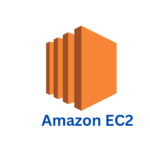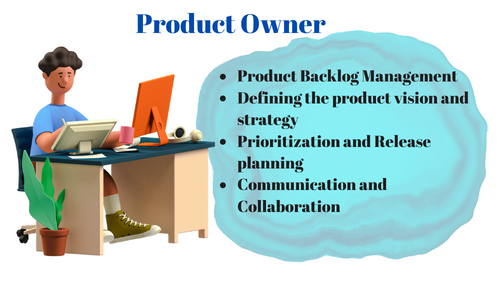
User Story
A user story is a concise, written description of a feature or functionality from an end user's perspective. It serves as a...

The Product Owner is a key role in the Scrum process and is responsible for managing the product backlog and maximizing the value of the product. The Product Owner is the primary point of contact for stakeholders and customers and works closely with the Scrum Master and Development Team to ensure that the product is meeting the project’s goals and objectives.

In summary, the Product Owner is a key role in the Scrum process and is responsible for managing the product backlog and maximizing the value of the product. The Product Owner must have excellent communication and collaboration skills and must work closely with stakeholders, customers, the Scrum Master, and the Development Team to ensure that the product is meeting the project’s goals and objectives. The key responsibilities of the Product Owner include managing the product backlog, defining the product vision and strategy, prioritizing the product backlog, planning and executing releases, and communicating effectively with all stakeholders.
You may also like:
A user story is a concise, written description of a feature or functionality from an end user's perspective. It serves as a...
When implementing Scrum, it is essential to establish clear and specific goals that provide a clear direction and purpose for the project. Clear goals help the Scrum team understand what they need to achieve and why it is important. Effective communication of goals is crucial to align the entire ….
A user story is a concise, written description of a feature or functionality from an end user's perspective. It serves as a...
When implementing Scrum, it is essential to establish clear and specific goals that provide a clear direction and purpose for the project. Clear goals help the Scrum team understand what they need to achieve and why it is important. Effective communication of goals is crucial to align the entire ….
Scrum Artifacts are essential tools in the Scrum framework that provide transparency and help ensure that everyone on the team has a shared understanding of what is being worked on, what needs to be done, and what progress has been made, what has been accomplished, and what still needs to be completed. It can be used for : Prioritize work based on the product vision
0 Comments